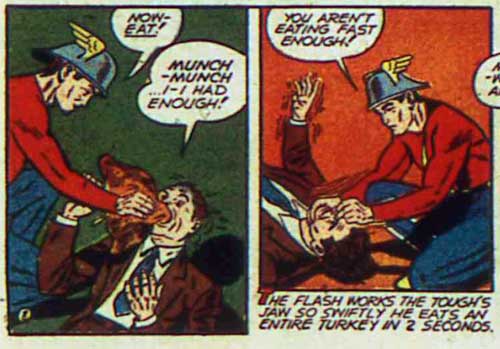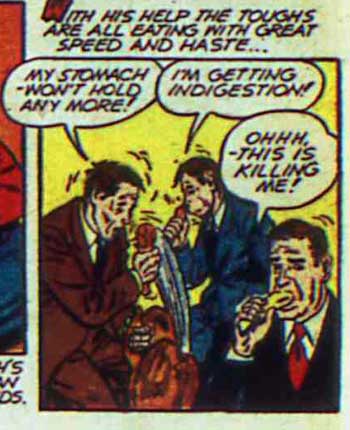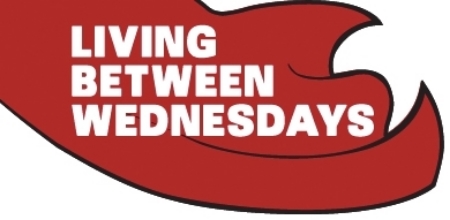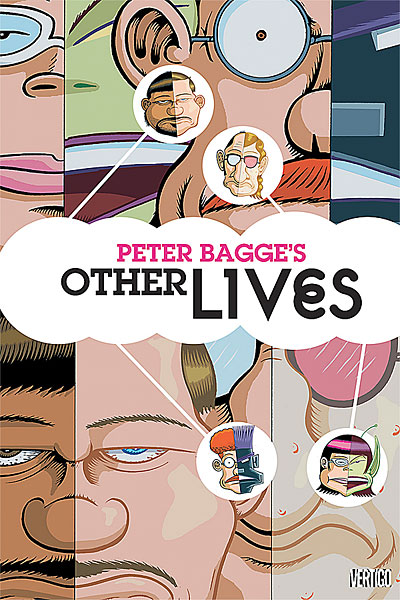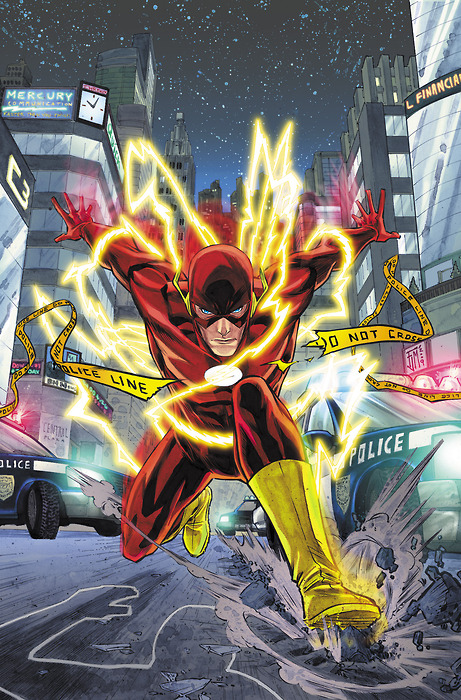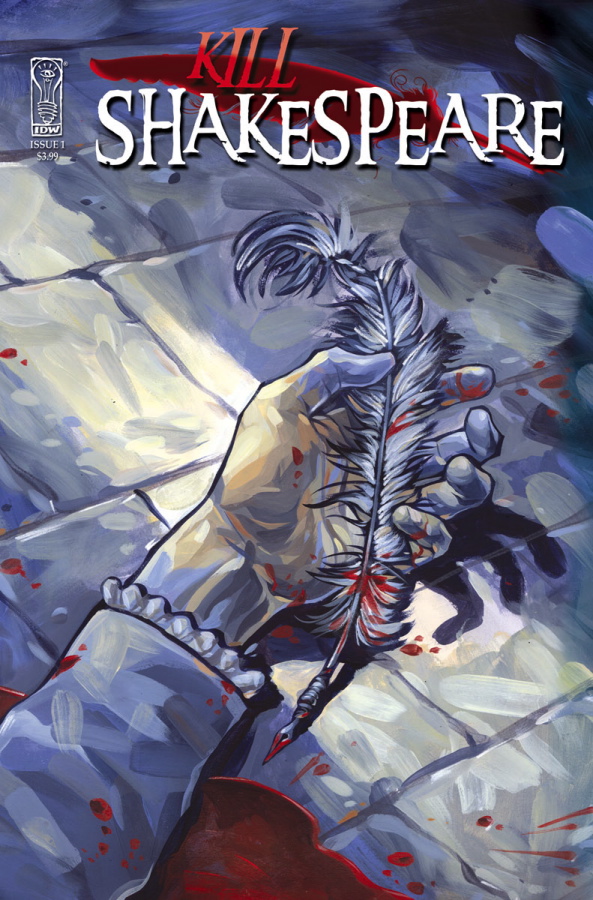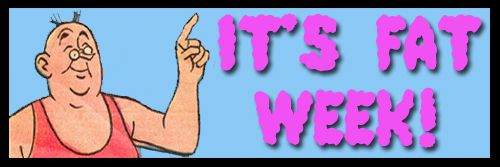
That's right, folks: it's Fat Week here at Living Between Wednesdays. Fat Week is a time to celebrate all of the fatness in comic books, whether it be the mature girth of a Mr Weatherbee or the youthful rotundity of a Herbie Popnecker. The fat characters of comics have done so much for us down through the years and now it's time for us to give them a little something back.
Personally, I set out to take a look at that bane of the Silver Age: temporary fatness. Just name a super-hero who was active in the early 60s and chances are they spent at least one issue of their comic just as round as can be. There were so many, in fact, that to try to fit them all into a single post would be the very definition of madness. Instead, I am going to offer up a series of posts as the week wears on, looking at the plight of the momentarily mountainous and examining just how they managed to get in and out of such a situation. First up: The Flash!

Hip-Happy Heroes: The Flash
1. How'd He Get So Big?
Back in Flash No 115, the Flash was squaring off against his perennial foe Gorilla Grodd, who had traded in his mighty simian body for that of a diminutive bald man. Tiny Grodd still had his massive brain, however, and managed to hit the Flash with a ray gun blast.

Grodd's ray causes the Flash's body to absorb massive amounts of moisture from the air around him, to the extent that he ends up a bloated mound of scarlet-clad flesh, barely able to move, let alone run.
2. What Were The Social Ramifications?
If there's one thing that comics have taught me about the 60s, it's that difference was not tolerated. It's not a question of whether a given hero's life would be ruined by sudden weight gain, but to what extent. The Flash might carry this to its extreme:

That's right, Grodd uses another ray to wipe Barry's memory and then sells him to a circus to be gawked at by yokels.
3. Well, How Does He Get Back To Normal?
Since this is the Flash, you might expect the answer to be that he runs off the weight, very quickly. I am afraid, however, that you are wrong. Instead, after glimpsing himself in a funhouse mirror and regaining his memory, the Flash concocts a cunning plan:

He hops into an industrial-sized dehydrator, a machine that is evidently capable of reducing thousands of potatoes to powder. I give you the thinking man's super-hero, ladies and gentlemen.
It works, though, and even removed the extra foot that he had grown on this arms in the bargain.
4. Can We Apply His Method To Our Own Lives?
Oh, lord no! After about a minute of this kind of sweating:

... you would dry up into a little mummy. No, the Barry Allen Method should only be attempted by those who have been rayed by a gorilla, and only then under a doctor's orders.
Until next time, remember: Hip-happy Means Plump!
